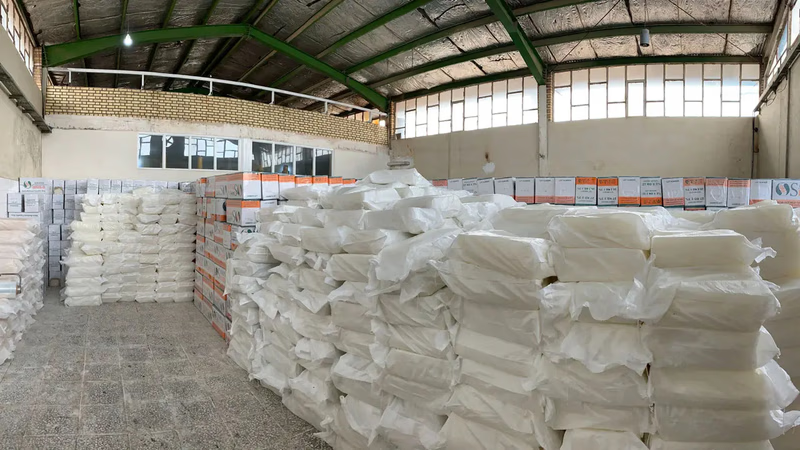
Types of paraffin wax used in various industries.
Paraffin wax can be formulated to have different melting point ranges. Some applications require a higher melting point wax, while others benefit from a lower melting point. By offering a range of melting points, manufacturers can cater to the specific needs of various industries and applications. Different types of paraffin wax possess distinct performance characteristics. For example, fully refined paraffin wax has excellent clarity and is often preferred for applications where visual appearance is important, like in food coatings or cosmetics. On the other hand, microcrystalline wax offers enhanced flexibility and adhesion, making it suitable for specific industrial applications.
Fully refined paraffin wax is the most pure and refined form of paraffin. It undergoes extensive processing to remove impurities, resulting in a high-quality, white, and crystalline wax. Fully refined paraffin wax has a higher melting point, excellent clarity, and low oil content. It is often used in applications such as candle making, food coatings, cosmetics, and pharmaceuticals. Semi-refined paraffin wax, also known as slack wax or scale wax, is a less refined form of paraffin. It retains some of the oil content and impurities found in crude oil. Semi-refined paraffin wax has a slightly lower melting point compared to fully refined wax. It is commonly used in applications like laminates, rubber compounds, crayons, and coating formulations.
Pattern wax, also known as casting wax or investment casting wax, is specifically formulated for use in investment casting processes. It has a low melting point, high flowability, and excellent dimensional stability. Pattern wax is used to create precise and intricate patterns for metal casting, such as jewelry, dental appliances, and industrial components. Container wax is a type of paraffin wax specifically designed for container candles. It has a lower melting point and is formulated to adhere well to the container walls. Container wax provides good scent throw, burn performance, and appearance in container candles.
- Solid paraffin
Most contain about 3 to 5 percent of the oil in it, usually known as milky white, and as mentioned, it has a jelly-like state. It typically melts at 58 to 60 degrees Celsius and freezes at 50 to 55 degrees Celsius. In fact, this is why we have seen this substance in solid form most of the time. - liquid paraffin
It has a white and transparent color. This type of paraffin boils at 175 degrees Celsius and evaporates at 265 degrees Celsius.
Microcrystalline wax is a type of paraffin wax that has smaller crystal structures compared to fully refined paraffin wax. It has a higher melting point and is more flexible and adhesive. Microcrystalline wax is often used in applications that require flexibility, such as in the manufacturing of adhesives, sealants, polishes, and various industrial coatings. Gel wax is a specialized type of paraffin wax that has been modified to have a gel-like consistency. It is transparent and has a higher density, allowing it to hold a higher fragrance load and suspend decorative elements. Gel wax is commonly used in the production of decorative and scented candles.
Customer preferences and market demand also play a role in the variety of paraffin wax types available. Manufacturers respond to customer demands by offering different types of paraffin wax that cater to specific needs, preferences, and emerging trends in various industries. Ongoing research and development efforts lead to the development of new and specialized paraffin wax formulations. These innovations address specific challenges or offer improved performance in niche applications. For example, gel wax was developed to provide transparency and the ability to suspend decorative elements in candles.
Paraffin wax can undergo different processing and refining techniques, resulting in variations in purity, color, and other properties. The level of refinement or processing can impact the end-use applications. Fully refined paraffin wax undergoes extensive purification to remove impurities, while semi-refined wax retains some impurities and oil content. Different industries have specific requirements for paraffin wax. For instance, candle makers may look for paraffin wax with specific characteristics such as melt pool formation, fragrance retention, and burn performance. The investment casting industry requires pattern wax with precise melting and flow properties for creating intricate patterns.
-
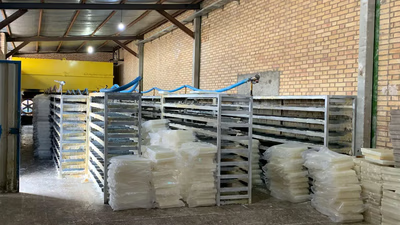
Paraffin wax is a versatile material with numerous applications across various industries. In candle making, it is favored for its clean burning properties and ability to retain scents. Additionally, it serves as a food-grade coating that enhances the appearance and shelf life of fruits and candies. In cosmetics, paraffin wax is used in products like lip balms and lotions to provide moisture and improve texture. Its utility extends to art projects, where it is employed in encaustic painting and mold-making. Paraffin wax also plays a crucial role in investment casting, providing precise patterns for metal castings. Furthermore, microcrystalline wax, a variant of paraffin, is utilized in adhesives and sealants due to its flexibility. The therapeutic benefits of paraffin wax are evident in spa treatments where it aids in heat therapy and skin moisturization.
Other industrial uses include serving as a lubricant, anti-mold agent, and waterproofing agent for fabrics. Its role in packaging materials enhances moisture resistance and sealing capabilities. Overall, paraffin wax"s diverse applications make it an essential component across multiple sectors. "
-
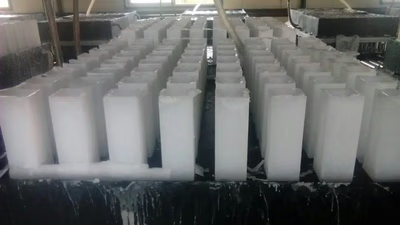
Paraffin is a group of waxy hydrocarbons derived from petroleum, primarily composed of long-chain alkanes. It exists in solid and liquid forms, with paraffin wax being the most recognized variant. Paraffin wax has a low melting point, making it ideal for applications such as candle production, skincare products, and food coatings. In the food industry, it enhances the appearance and shelf life of fruits and vegetables. Additionally, paraffin is used in packaging materials to improve moisture resistance. Beyond consumer products, paraffin plays a significant role in industrial processes including lubricants, electrical insulation, and manufacturing plastics and rubber products. It is also utilized in livestock feed to address digestive issues. The petrochemical industry extracts paraffin from oil or coal, classifying it into solid and liquid types based on application areas: food, industrial, and health. Its versatility extends across various sectors such as textiles, adhesives, cosmetics, and more.
-

The Middle East, rich in crude oil reserves, is a leading producer of paraffin wax, primarily derived from petroleum refining. Countries like Saudi Arabia, Iran, Iraq, Kuwait, and the UAE have established advanced refining infrastructures that enable efficient production of paraffin wax as a byproduct. The region"s vast resources ensure a steady supply of raw materials and allow for significant export capacities to meet global demand. The quality of paraffin wax varies based on refining techniques and feedstock composition, catering to diverse market needs. The competitive pricing and strategic geographical location of the Middle East facilitate easy transportation to international markets. This integration within the petroleum value chain enhances production efficiency and maximizes value from crude oil byproducts. As a result, the paraffin industry contributes significantly to foreign exchange earnings in the region while shaping global market dynamics through its substantial export volumes. "
-

Paraffin wax is available in various types, each tailored for specific applications across industries. Fully refined paraffin wax is the purest form, known for its high melting point and clarity, making it ideal for food coatings, cosmetics, and pharmaceuticals. Semi-refined paraffin wax retains some impurities and is used in products like crayons and rubber compounds. Microcrystalline wax offers flexibility and adhesion, suitable for adhesives and industrial coatings. Pattern wax is designed for investment casting, providing low melting points and dimensional stability for intricate designs. Container wax is formulated for container candles, ensuring good scent throw and burn performance. The market"s demand drives manufacturers to innovate and develop specialized formulations to meet diverse customer needs. Ongoing research enhances the properties of paraffin waxes, addressing challenges in niche applications while maintaining quality standards. "
-
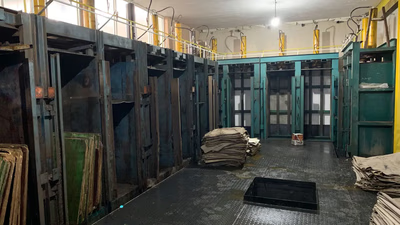
Quality paraffin is determined by its intended use, with different industries requiring specific characteristics. For instance, in candle making, a lower oil percentage indicates higher quality, while lubrication applications may require the opposite. High-quality paraffin should be white, pure, and free from contaminants like oil and sulfur. It must have a consistent melting point for even performance and a clean appearance without discoloration or foreign particles. Odorless and smooth-textured paraffin is preferred, as strong odors may signal impurities. Reputable suppliers often ensure quality through testing and customer feedback is crucial for assessing product reliability. Transparency and stability over time are also key indicators of good paraffin wax. It should burn cleanly with minimal residue and maintain consistent performance across batches.
Compatibility with other materials is essential for specific applications, particularly in candle making or cosmetics. Safety standards must be met when using paraffin in direct contact with skin or food. Ultimately, choosing a reliable supplier who balances quality with cost is vital for obtaining high-quality paraffin wax.
-
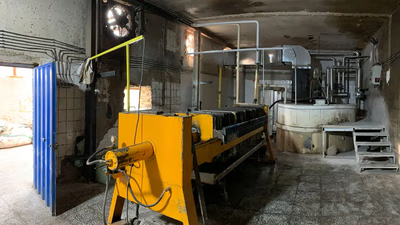
Paraffin oil, discovered in the 19th century by Karl von Richen Bach, revolutionized the candle industry due to its cleaner and safer properties compared to traditional oils. The commercial production of paraffin wax began with Scottish chemist James Young, who developed extraction methods from crude oil. As demand for lighting increased during the industrial revolution, paraffin wax became a popular alternative to tallow candles and whale oil lamps. Advancements in refining processes, such as vacuum distillation and hydrocracking, improved the quality of paraffin wax. Today, it is primarily produced as a byproduct of petroleum refining through distillation and purification techniques. The applications of paraffin wax have expanded beyond lighting to include food preservation, molding, and casting. However, environmental concerns regarding petroleum-based products have led to interest in alternative wax sources like soy and palm waxes. The industry has also diversified with synthetic waxes that cater to specific needs across various sectors.






